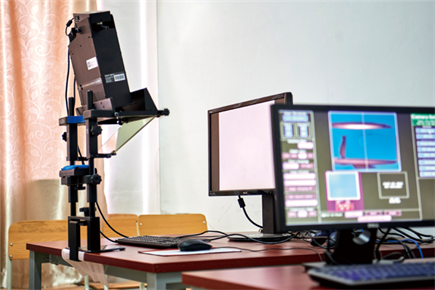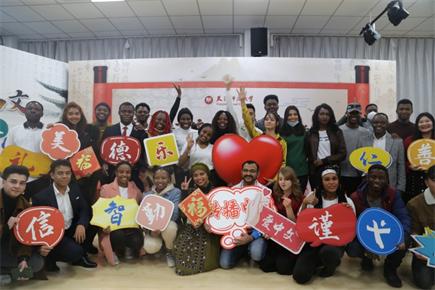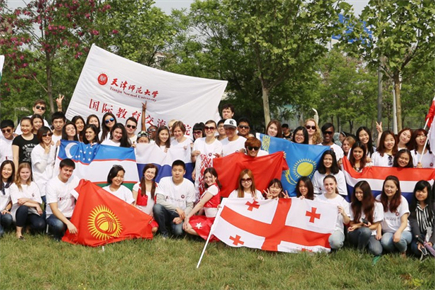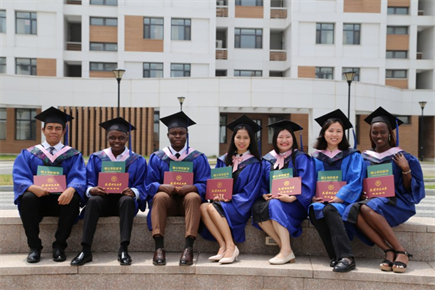A groundbreaking multinational study led by Tianjin Normal University (TNU) psychologists has resolved a long-term pedagogical debate, proving that mastering stroke order significantly enhances foreign learners’ ability to write, recognize and retain Chinese characters. Published in top-tier linguistics journals Computer Assisted Language Learning and System, the findings provide empirical support for stroke order teaching and lay the theoretical foundation for developing intelligent Chinese learning tools.
Collaborating with researchers from the University at Albany, State University of New York, the team developed a proprietary computer-assisted learning system to track adult learners from 15 countries. Participants who received structured stroke order instruction showed remarkable improvements in the accuracy of Chinese character writing, writing speed and retention of character memory.
"Our learning analytics indicate that stroke order establishes effective cognitive patterns," said lead researcher Dr. Yu Miao. "This transcends cultural convention — sequential writing builds systematic frameworks for character decomposition and reconstruction."
Chinese characters, with their intricate strokes and spatial configurations, present unique challenges to foreign learners. While native children learn stroke-order rules systematically, most second-language curricula prioritize rote copying over structural understanding. The team's dynamic stroke visualization system, which breaks down characters into animated stroke sequences, proved particularly effective for learners from non-logographic backgrounds. System-recorded behavioral data shows that trained learners reduce character confusion errors through systematic stroke practice.
Based on the empirical research, the researchers advocate for greater emphasis on stroke order teaching in CSL instruction. They recommend that teachers focus on introducing stroke order rules to avoid rote copying of characters by students. Dynamic resources, such as embedding stroke order animations in textbooks or digital tools, should be utilized to assist learning. Additionally, differentiated practice should be designed for characters of varying difficulty levels (e.g., based on the number of strokes).
"Mechanical copying leads to fragmented character representations," cautioned co-author Dr. Sun Hui.
"Our data demonstrates structured stroke practice creates durable mental schemata for character production and recognition."
With over 18 million formal Chinese language learners worldwide (2023 MoE data), these findings arrive as institutions seek technologically-enhanced teaching methods. The TNU team is collaborating with the International Society for Chinese Language Teaching to develop evidence-based stroke order guidelines.
"Effective character acquisition requires understanding their architectural logic," Dr. Yu concluded. "When we combine time-tested writing principles with digital learning science, we create sustainable pathways to logographic literacy."











